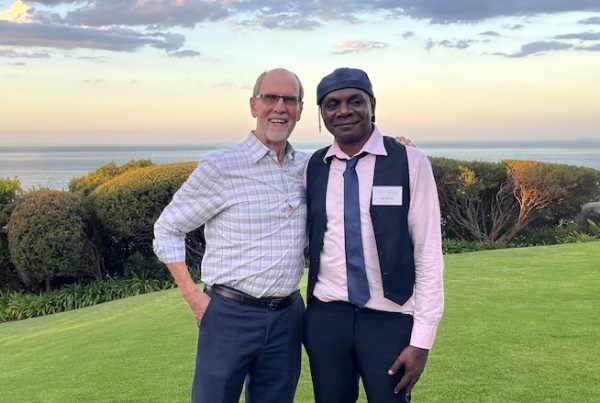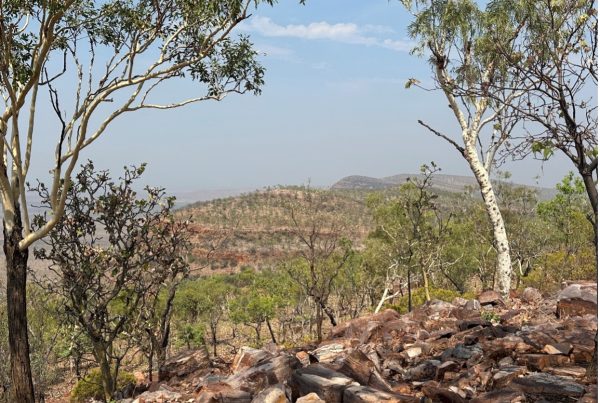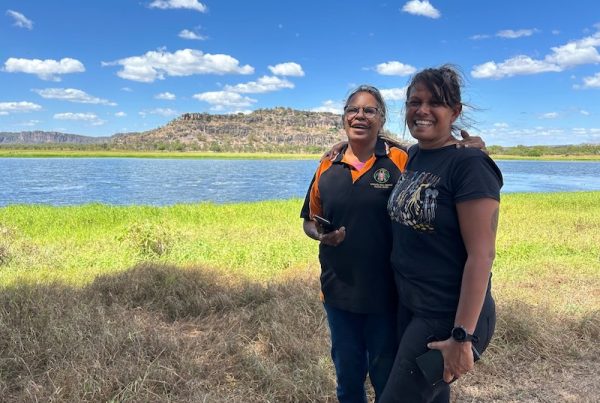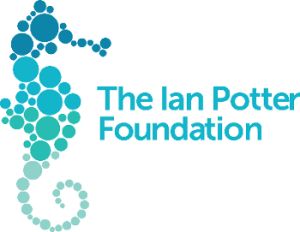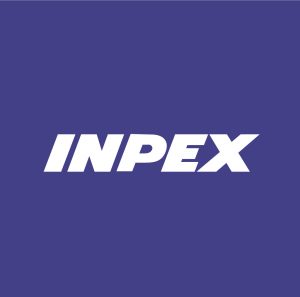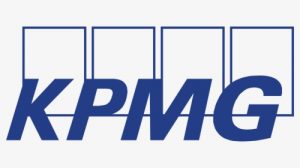
Blog 2: Barking Owl Field Camp (Day 2-4)
Scouting and Getting Started
Paul and Cecilia head up to Kalumburu to collect the Traditional Owners – Mark Unghango, Scottie Unghango and Ernie ‘Chubby’ Boona, who’s country we are on and who will accompany us at camp to provide advice and approval on the sampling over the three week interval. Meanwhile, the rock art research team set off in search of suitable sites. Covered in sufficient spinifex wax, green ants and mid-shin scratches to feel like authentic fieldworkers, we find a number of promising sites. At every shelter each member of the team has a specific objective and we plan our sampling approach for the coming days:
Dating Technique 1-Uranium Series; My research focuses on characterising and dating the mineral accretions or ‘crusts’ we see fringing the rock art panels, varying in colour and texture from site to site. Uranium series dating works on the principle that the element Uranium, deposited within these crusts as they formed, decays to the element Thorium over a known amount of time. Using a mass spectrometer we can measure the amount of Thorium accumulated in the samples we collect and use this to calculate the age of the mineral deposit. Occasionally, these crusts are found under and/or over pigment allowing us to provide maximum and minimum bracketing ages for the associated paintings. Crucially our dating work is supported by UWA archaeologist Dr Sven Ouzman who carefully documents each shelter and each sample taken with meticulous care into a specific database. This is hugely helpful for the Melbourne Uni team in that each sample we collect is associated with a detailed set of photos and information regarding the motif for which they might provide a date.
Strategy defined: √ Targets identified: √
Return to camp for dinner with Mark, Scottie and Chubby who share their dreamtime stories with us as we watch the iridium flares.
-Helen-
p.s. Day 4: Still no Barking Owls…..


